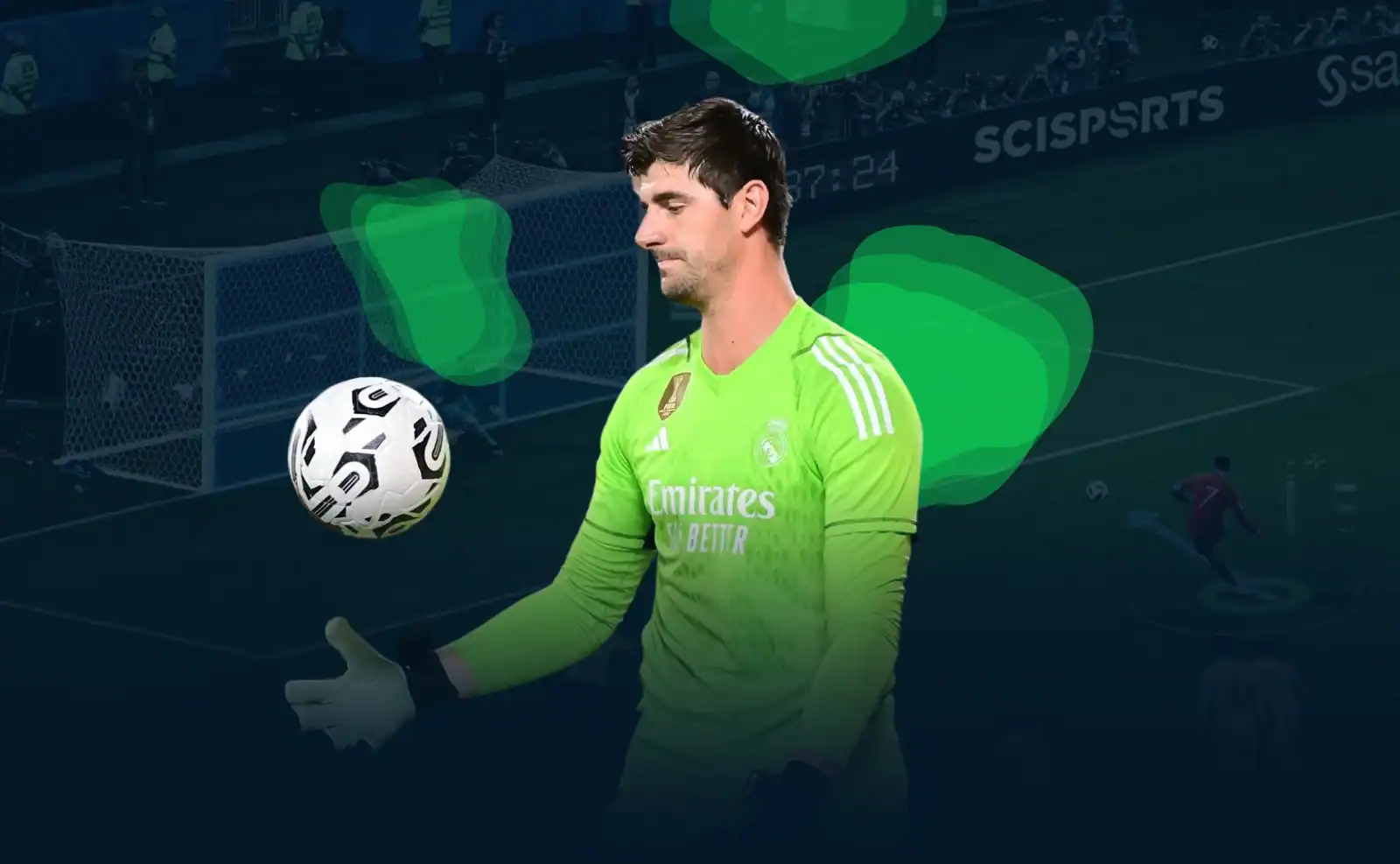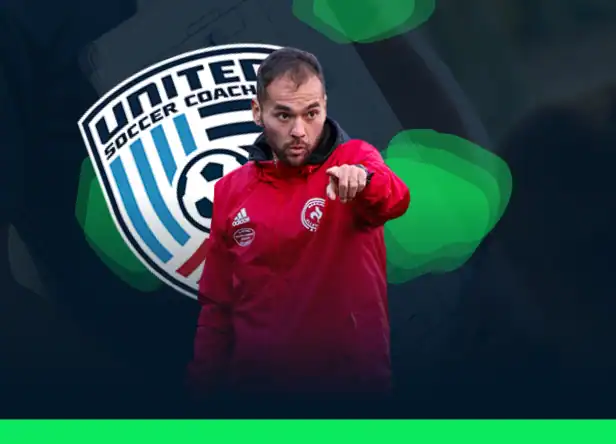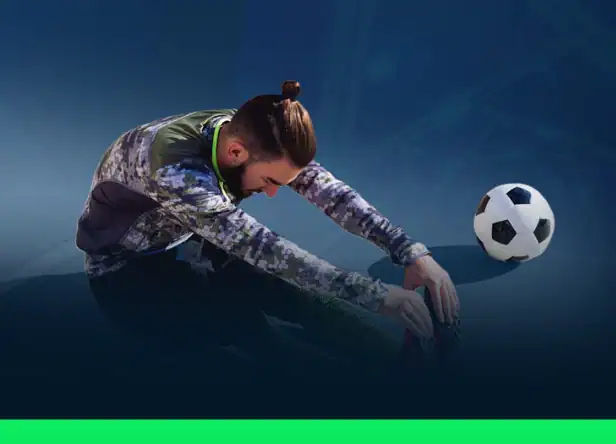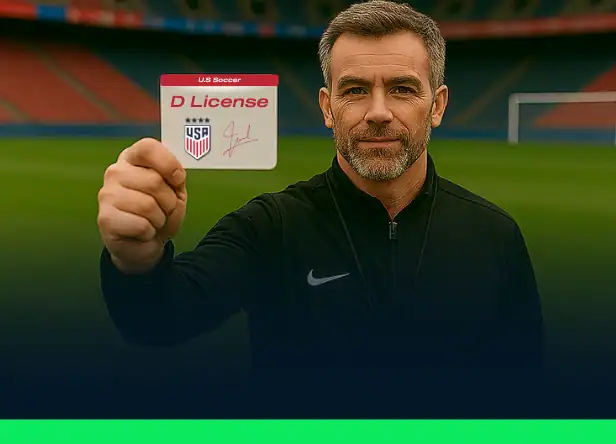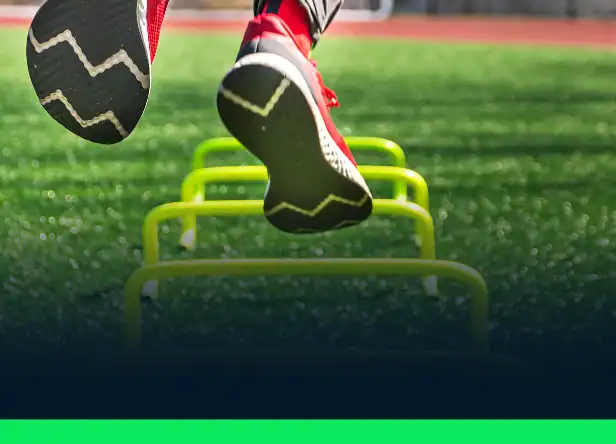Dive into the world of the last line of defense – the player charged with guarding the net and thwarting the opposition’s attacks. What exactly does a goalkeeper do? How much sway do they hold on the pitch? And what steps must you take to turn pro between the posts? You’ll find all the answers below and much more!
What Is a Goalkeeper?
The goalkeeper is the lone outfield player whose primary mission is to protect their team’s goal. Unlike forwards, midfielders, or center-backs, the goalkeeper is the only player permitted to handle the ball with their hands – and only within their own 18-yard box.
This specialized position demands a unique blend of attributes:
- Lightning-fast reflexes: Elite keepers react in a split second to shots from any angle. These reflexes enable them to parry or tip the ball away even when struck from point-blank range.
- Sound decision-making: A goalkeeper must constantly read the game, deciding whether to rush off their line, stay rooted, or come out to sweep up loose balls. These split-second calls can make the difference between a clean sheet and a conceded goal.
- Explosive agility and flexibility: Covering the full width of the goal, diving vigorously in multiple directions, and stretching to reach lofted crosses require top-level athleticism and suppleness.
- Organizational leadership: With a panoramic view of the field, goalkeepers marshal their defense commanding the offside line, directing marking assignments, and orchestrating the wall during set pieces.
- Masterful ball-handling: Secure catching, confident parries, and precise distribution under pressure are fundamental. This includes perfected diving technique, hand positioning, and unwavering concentration to claim the ball cleanly.
Over the decades, the role has evolved dramatically, elevated by legends such as Lev Yashin, Gordon Banks, Dino Zoff, and Peter Schmeichel, whose innovations redefined goalkeeping for generations.
Average Height of Goalkeepers in Top Leagues and MLS
Height often plays an important role, especially when it comes to diving reach and aerial ability. Here are average heights in various leagues:
| League | Average Height |
|---|---|
| Premier League | 191.2 cm |
| MLS | 188–189 cm |
| Serie A | 189.1 cm |
| Ligue 1 | 186.7 cm |
| La Liga | 186.8 cm |
| Bundesliga | 189 cm |
The Multifaceted Role of the Goalkeeper
A goalkeeper’s remit extends well beyond shot-stopping. Key responsibilities include:
- Handling Crosses and High Balls: Commanding the penalty area means claiming or punching away dangerous crosses, nullifying aerial threats before they materialize.
- Acting as a ‘Sweeper Keeper’: Many top goalkeepers leap off their line to intercept through balls or rush out to challenge onrushing attackers—an approach popularized by Manuel Neuer that blurs the line between keeper and defender.
- Initiating Attacks: Accurate throws, goal kicks, and long passes can spark swift counterattacks, turning defense into offense in a heartbeat.
- Organizing Set-Piece Defenses: From marshaling the defensive wall during free kicks to assigning zonal or man-to-man marking at corners, goalkeepers are pivotal in neutralizing set-piece threats.
- Data-Driven Performance: Video analysis and biometric tracking now optimize positioning, refine diving angles, and reveal shooters’ tendencies—allowing keepers to anticipate and prepare for opponent patterns.
The role continues to evolve with technology. Video analysis tools now help study a goalkeeper’s biomechanics, track the tendencies of opposing shooters, identify weaknesses, and adjust positioning strategies accordingly.
Rules Unique to Goalkeepers
Soccer laws contain special provisions for the goalkeeper:
- Handling: Only goalkeepers may touch the ball with their hands, and only inside their own 18-yard box.
- Off-area Handball: Handling outside the box results in a direct free kick and potentially disciplinary action.
- Six-Second Rule: A keeper cannot hold the ball in their hands for more than six seconds; exceeding this limit invites an indirect free kick.
- Back-pass Rule: Goalkeepers may not handle deliberate back-passes from teammates—forcing them to distribute with feet and encouraging playing out from the back.
The Best Goalkeepers in the World
Over the years, many goalkeepers have stood out for their talent, leadership, and ability to produce decisive saves.
- Gianluigi Buffon: Renowned for his consistency and leadership across two decades.
- Manuel Neuer: The originator of the ‘sweeper keeper’ role, combining reflexes with aggressive off-line interventions.
- Jan Oblak: Celebrated for his near-faultless positioning and shot-stopping consistency.
- Alisson Becker: Praised for his distribution and calm under pressure.
- Thibaut Courtois: Towering presence known for clutch saves in critical moments.
Their performances, technical mastery, and leadership have made them global stars capable of changing the outcome of matches.
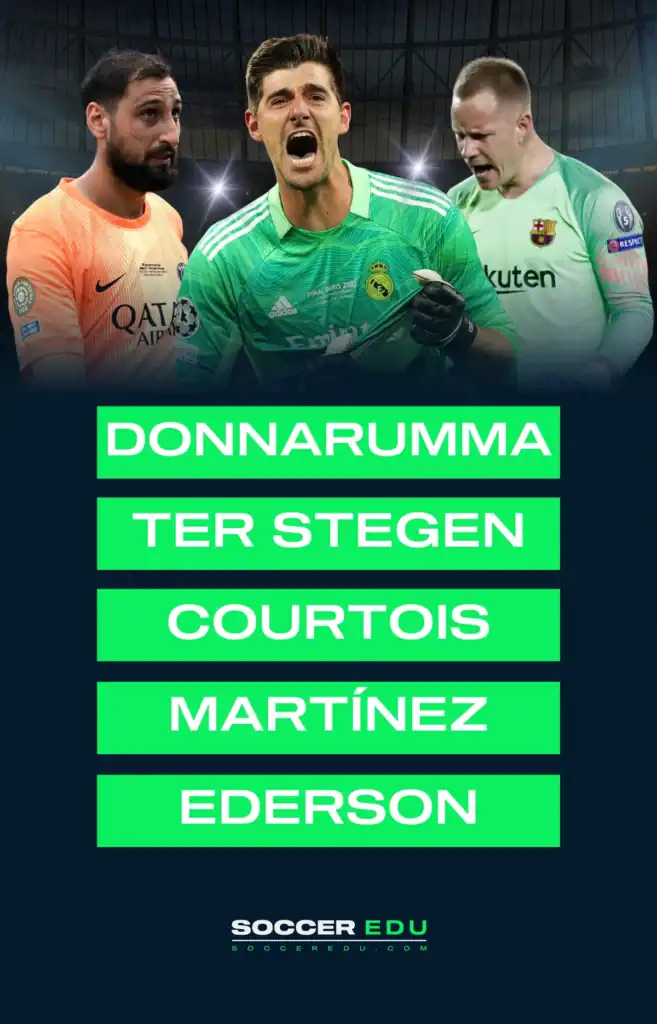
As of 2024, top goalkeepers like Donnarumma, Ederson, Lunin, Maignan, Martínez, Raya, and Simón are contenders for The Best FIFA Men’s Goalkeeper Award.
How to Become a Professional Goalkeeper? The Pathway
The path to a professional career as a goalkeeper can seem challenging, but with the right training and determination, it’s absolutely possible. A professional career between the posts requires dedication, structured training, and strategic exposure. The journey typically involves:
1. Foundation Training
Joining a local youth club lays the groundwork:
- Grasp the Laws of the Game and basic shot-stopping techniques.
- Develop a genuine passion for the position.
- Attend open trials and youth scouting events to catch the eye of talent spotters.
2. Specialized Coaching
Focused programs and camps hone key skills such as
Reflex Drills: Reaction ball exercises to sharpen hand-eye coordination.
Positioning Workshops: Mastering angles and distance management.
Cross-Claiming Sessions: High ball control under simulated match pressure.
Distribution Clinics: Practicing throw-outs, short passes, and driven kicks.
3. Elite Goalkeeper Academies
Prestigious academies offer world-class environments such as the below mentioned academia:
- Adidas Generation Goalkeeper Academy: In partnership with MLS, blending athletic training with academic support.
- Atlético Madrid Goalkeeper School: Emphasizes tactical intelligence and elite technical drills.
- Juventus Goalkeeper Academy: Focuses on advanced biomechanics and psychological preparedness.
Research additional club-run goalkeeper schools—many top-tier teams host position-specific courses.
4. Collegiate and University Pathways
In the United States, NCAA programs allow goalkeepers to combine higher education with high-level competition – offering exposure to scouts while earning a degree.
5. Ongoing Mentorship and Certification
Securing a UEFA or FIFA-licensed goalkeeper coach provides technical refinement which helps in fine-tuning diving mechanics, grip techniques, and recovery movements. Other skills like tactical acumen which helps in reading opposition patterns, organizing defensive schemes, and mastering playing styles. Also mental toughness makes handling high-pressure scenarios easier and keeps you focused throughout 90 minutes.
Additional Tips for Aspiring Keepers
Study Match Footage: Analyze elite keepers to understand positioning, decision-making, and game management.
Cross-Training: Incorporate plyometrics and yoga to boost explosiveness and flexibility.
Footwork Emphasis: Modern keepers act as the first playmaker—practice ball control under pressure and accurate passing.
Psychological Preparation: Work with sports psychologists on concentration, resilience, and leadership communication.
Conclusion
By combining foundational training, specialized coaching, and strategic career moves, any dedicated athlete can carve out a path to professional goalkeeping. Embrace continuous learning, leverage technology, and above all, maintain the unwavering passion that defines the world’s best shot-stoppers.

